Equipment
Adidas Tour360 Boost: The culmination of a decade of golf shoe innovation

“What is this?” Jason Day said.
On his face was the huge, genuine smile that golf fans became used to seeing at the end of the 2015 PGA Tour season. And on this Tuesday after the Tour Championship, how could he be anything but smiles?
In his last five tournaments, Day had won his first major championship, two FedEx Cup Playoffs events and became the No. 1-ranked golfer in the world. He was technically working, but standing next to Sergio Garcia and Dustin Johnson, the moment felt more like a Tuesday practice round with friends than an Adidas photo shoot.
The topic of conversation among the top-ranked golfers was the items in front of them, Adidas’ Tour360 golf shoes. Day was holding the original Tour360, now a decade old, and couldn’t help but laugh.
“They look like bowling shoes,” he said. “And how heavy they are.”
Off camera but within earshot was Masun Denison, who was on the team that developed on the original Tour360’s. Now the director of Adidas’ Golf footwear, he couldn’t help but interject. Denison was far from offended, but he made sure to say — loud enough so that Day could here — that the shoes were “revolutionary in their day.”
He had a point.
- Adidas Tour360 (original)
- Adidas Tour360 II
- Adidas Tour360 3.0
- Adidas Tour360 LTD
- Adidas Tour360 4
- Adidas Tour360 ATV
- Adidas Tour360 ATV M1
- Adidas Tour360 Boost with Boa
- Adidas Tour360 Boost
Ten years ago, athletic-styled golf shoes were an oddity. Now they’re the norm, at least partly thanks to the Tour360.
The latest version of the Tour360, officially called the Tour360 Boost, has similarities to the original model, but many more differences. One of the biggest changes is the addition of the namesake “Boost” technology.
Boost solves an important design dilemma — one that most golfers likely don’t even know exists in their footwear. Shoe designers have always had to choose between making a shoe more comfortable by using softer materials and making it more responsive by using firmer materials – which of course, reduce comfort.
Boost is a special, lightweight foam material made up of thousands of pressurized pellets that compress to provide softness, but then “rebound” toward a golfer’s foot to improve responsiveness.
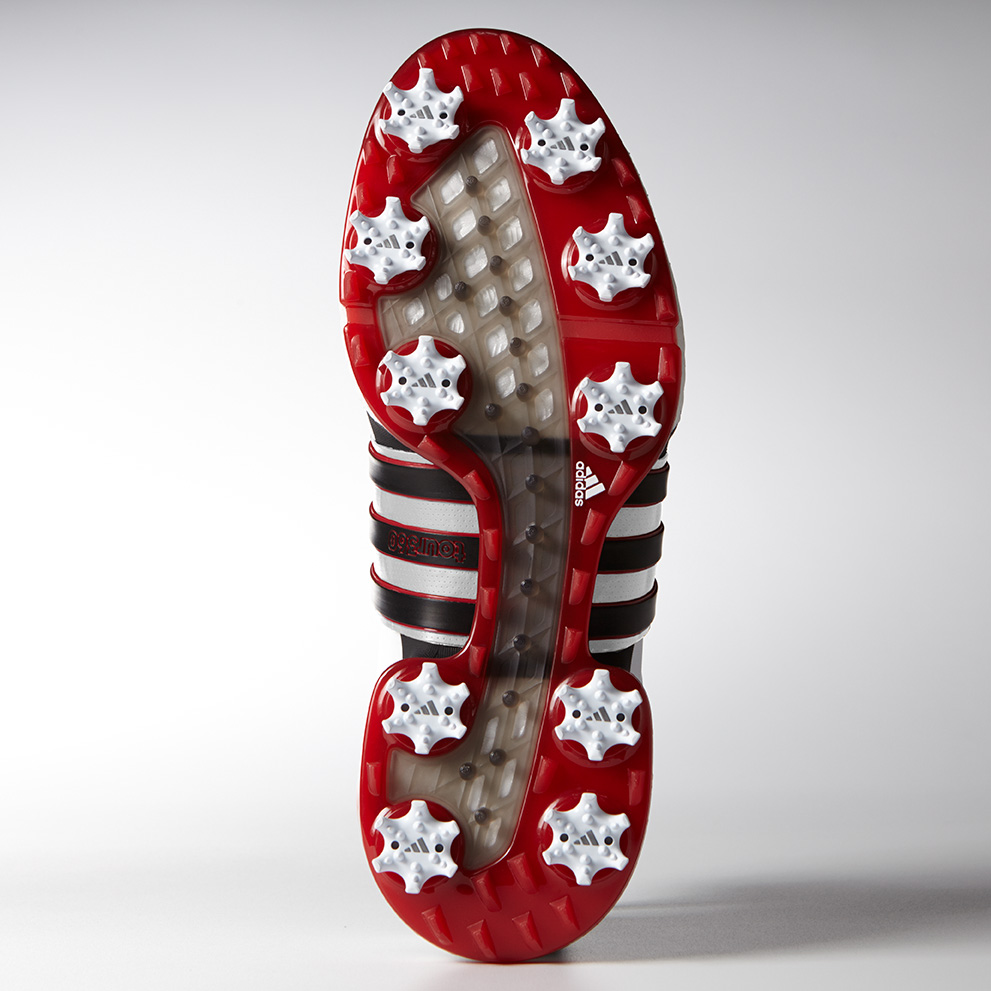
The “holes” on the outsole of the shoe allow the Boost material room to expand when the foot presses down, and then “rebound” back toward a golfer’s foot.
Last year, Day, Garcia and Johnson transitioned into Adidas’ Boost technology with the company’s AdiPower Boost golf shoe, which integrated the material into the heel. With the Tour360 Boost, the material is used both in the heel and forefoot of the shoe.
As the cameras started rolling, Garcia and Day were still chatting with Denison about the original Tour360, but Johnson’s attention was focused on another shoe.
“I loved these,” he said, looking at the black-and-white Tour360 LTD.
Unlike the most-recent Tour360 models, the Tour360 LTD’s were made of a premium, full-grain leather, and they received unanimous praise from the three golfers for their looks.
“I think it was the first really sharp, sporty-looking shoe we had,” Garcia said.
The Tour360 LTD also had a special place in each of the golfer’s memories. Johnson won his first PGA Tour event – the 2008 Turning Stone Resort Championship – while wearing them. Jason Day remembered wearing them to make a hole-in-one at the same event. Garcia wore them to win The Players Championship in 2008.
With the Tour360 Boost, Denison and his team chose to return to the leather construction to pay tribute to the history of the iconic golf shoe. Another homage, however, maintaining the Tour360’s standout feature, is significant to the design because it adds better performance.
The original Tour360’s were given their name because of their “360Wrap,” an independent saddle that cradles the mid-portion of the foot. It adds stability, but improves fit, too. Since it’s connected to the lacing system, the 360Wrap adapts to the shape of a golfer’s foot, moving outward to accommodate golfers with wider feet, or inward for golfers with narrower feet. The 360Wrap works the same way in the Tour360 Boost, but there are two key differences.
For one, Adidas designers built what looks like a bridge (Adidas calls it a Torsion Tunnel) underneath the 360Wrap. Previous Tour360 models had a split sole, or a gap between the heel and forefoot.
In the past two-to-four years, Denison said Adidas has learned an incredible amount about traction through studies that not only measure a golf shoe’s dynamic movements, but the movement of a golfer’s feet inside golf shoes. One of the biggest takeaways from those studies was that a split sole was not optimal for maximum traction.
“To get the most grip possible, we couldn’t have a gap in the middle,” Denison said. “We knew that if we connected the heel and forefoot, we would get addition performance.”
The mission was on to keep the 360Wrap, but find a way to maximize traction. The result was the bridge, which adds rigidity that improves the stability of the shoe, but still allows the heel and forefoot to move independently. And true to its original intent, the bridge’s “nubs” create better traction, between 10-12 percent according to an Adidas study.
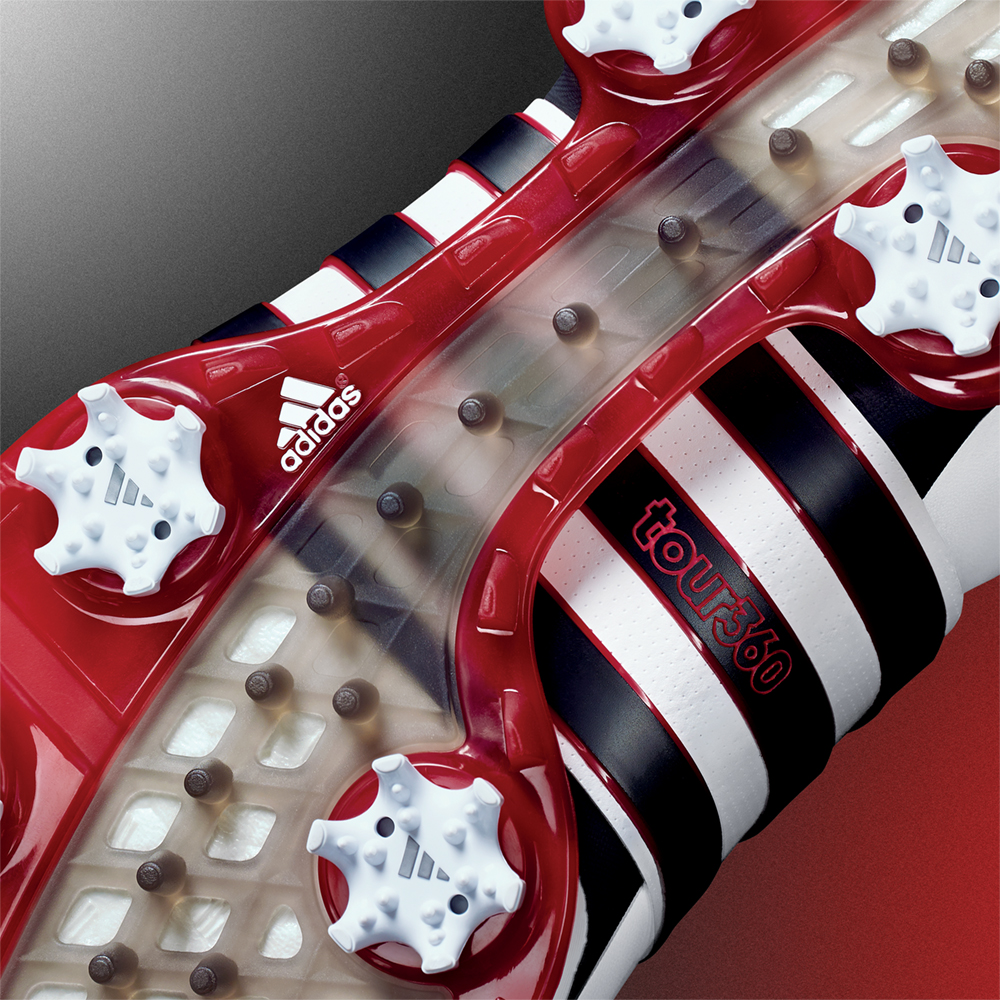
The “bridge” of the Tour360 includes traction elements to improve friction.
The other new feature of the 360Wrap is specific to the “Boa” model of the shoe. The Tour360 Boost is offered in two models – one with laces ($200) and one with a lace-less Boa system ($230), which uses cables that tighten and loosen the shoe through an adjustable dial.
The Boa cables actually weave through the 360Wrap in the new shoes, technology that Adidas co-engineered with Boa, and use a special dial positioned on the shoe tongue. The dial can make micro adjustments, offering 1 millimeter of tension adjustment per click, which allows golfers to lock in in the perfect fit.
Day had just finished changing his outfit for a television commercial when I caught up with him to talk about the new shoes. As he came out of the golf-cart-turned-dressing-room to put on a pair of Tour360 Boost shoes, which happened to have laces, he told me how much he liked Adidas’ new Boa system.
“I don’t have to tie my shoes anymore,” Day said. “I’m pretty finicky about footwear and how tight it should be.”
Last year, Day started wearing the AdiPower Boost shoes with Boa regularly, including during his PGA Championship win. He revealed that he had worn roughly 20 different pairs of shoes – 10 black and 10 white — throughout the year “to keep things looking fresh,” changing shoes the most during his winning spree.
“I was pretty much a nobody before this year,” Day said in a moment of humility.
Garcia and Johnson disagreed. Few golfers are better statesman for the game than Day, who told me he signs the shoes that he no longer plans to wear and gives them away to fans.
Testing Thread: Enter to be part of the official GolfWRX Tour360 Boost Testing Panel
As the photo shoot came to a close, Garcia was asked what he thought of the older Tour360 shoe models. He was the most complimentary of the three golfers, maybe because he remembered what it was like to play a professional golf schedule in shoes that were far less advanced than even the 10-year-old Tour360’s.
“I won [PGA Tour] tournaments before the Tour360’s came out,” Garcia reminded them.
At the time of Garcia’s first PGA Tour win, the 2001 MasterCard Colonial, Day was 13 years old. Johnson was 16.
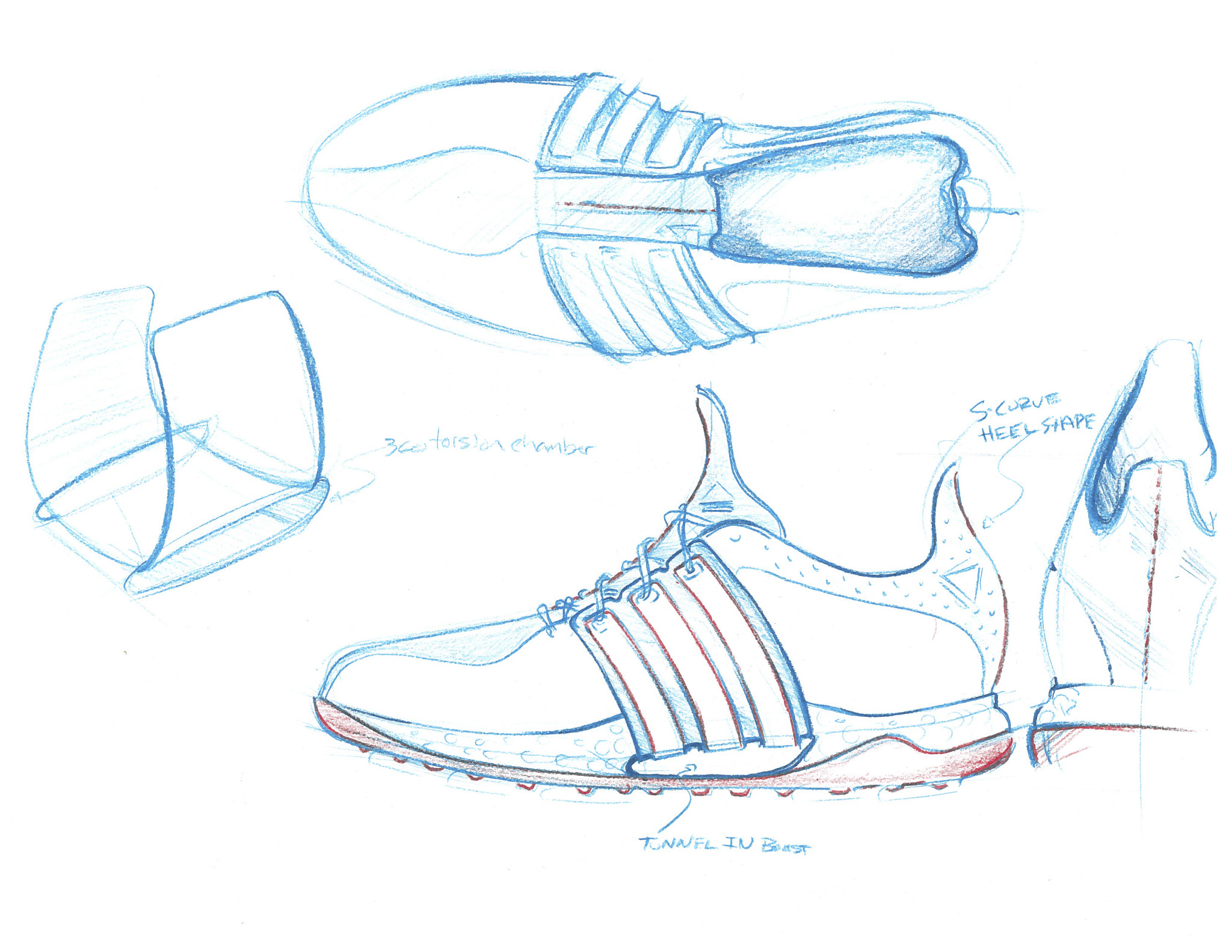
The Tour360 Boost use an S-curve heel, designed to mimic the shape of an achilles tendon to improve comfort.
With all that goes into modern golf footwear, it seemed fair to ask Garcia if shoe technology had changed the way he played. Did he swing harder, or hit different shots?
He thought about it for a few moments before he responded.
“No,” Garcia said. “I’ve always tried to play as aggressively as I can.”
I pictured the famous shot he hit, eyes closed, with his ball dangerously close to the base of a tree at the 1999 PGA Championship at Medinah. Sergio has always been Sergio. No shoe would change that. What Garcia said next summed up what Adidas is really celebrating with the Tour360 Boost and its 10-year celebration of the golf shoe line.
“I’ve been lucky to be with Adidas for 16, 17 years now.” Garcia said. “I’ve never felt like I was at a disadvantage.”
History says golfers will feel the same way about Adidas’ golf shoes 10 years from now.
To learn more about the Tour360 Boost and its availability, visit Adidas’ website.
- LIKE117
- LEGIT15
- WOW13
- LOL2
- IDHT2
- FLOP6
- OB6
- SHANK24
Whats in the Bag
WITB Time Machine: Danny Willett’s winning WITB, 2016 Masters
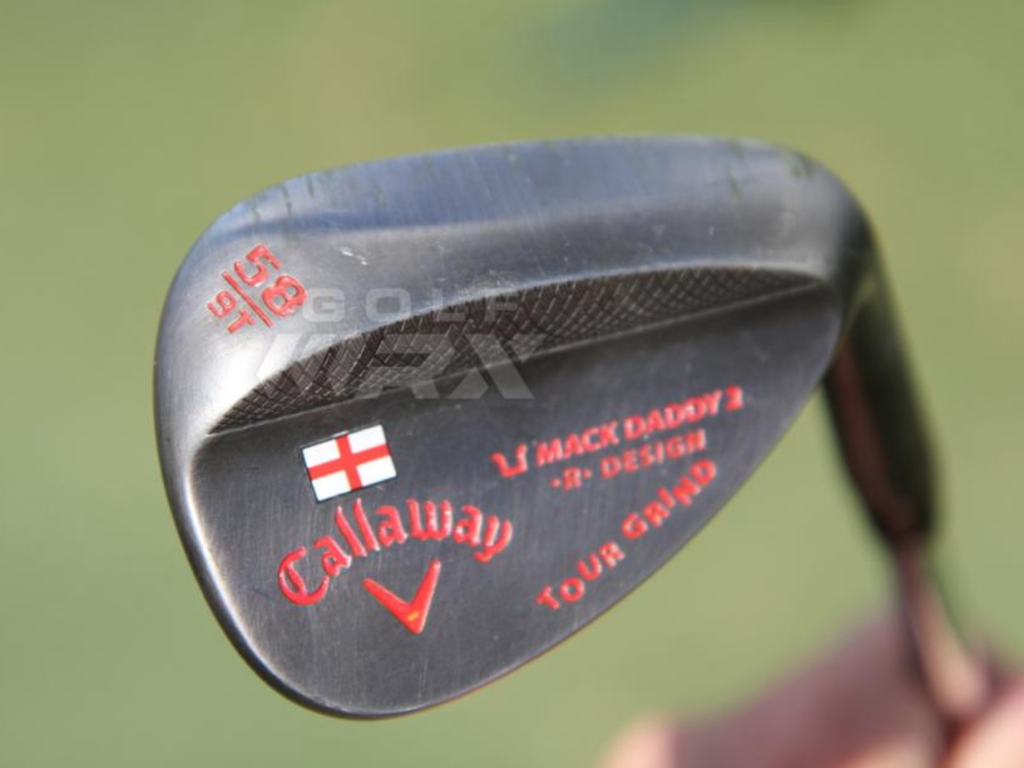
Driver: Callaway XR 16 (9 degrees)
Shaft: Mitsubishi Rayon Diamana W-Series 60 X
Length: 45.5 inches
3-wood: Callaway XR 16 (15 degrees)
Shaft: Mitsubishi Rayon Diamana W-Series 70X
5-wood: Callaway XR 16 (19 degrees)
Shaft: Mitsubishi Rayon Diamana W-Series 80X
Irons: Callaway Apex UT (2, 4), Callaway Apex Pro (5-9)
Shaft: True Temper Dynamic Gold X100 Superlite
Wedges: Callaway Mack Daddy 2 (47-11 S-Grind) Callaway Mack Daddy 2 Tour Grind (54-11, 58-9)
Shaft: True Temper Dynamic Gold X100 Superlite
Putter: Odyssey Versa #1 Wide (WBW)
Lie angle: 71 degrees
Ball: Callaway Speed Regime SR-3
Check out more photos of Willett’s equipment from 2016 here.
- LIKE5
- LEGIT0
- WOW1
- LOL0
- IDHT0
- FLOP0
- OB0
- SHANK0
Equipment
Project X Denali Blue, Black shaft Review – Club Junkie Review
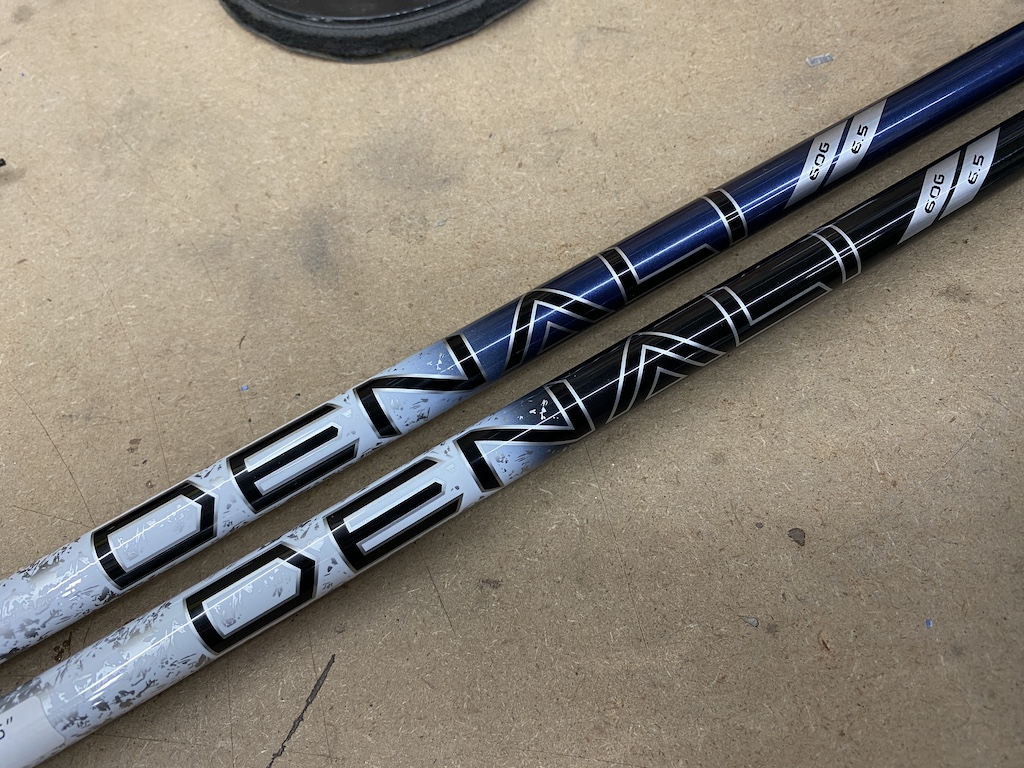
Originally, Project X was known for low-spin steel iron shafts. However, the company might now be known for wood shafts. Denali is the newest line of graphite shafts from Project X. With the Denali line, the company focuses on feel as well as performance.
There are two profiles in the Denali line, Blue and Black, to fit different launch windows. Denali Blue is the mid-launch and mid-spin profile for players who are looking for a little added launch and Denali Black is designed for low-launch and low-spin. Both models are going to offer you a smooth feel and accuracy.
For a full in-depth review check out the Club Junkie podcast on all podcast streaming platforms and on YouTube.
Project X Denali Blue
I typically fit better into mid-launch shafts, as I don’t hit a very high ball so the Denali Blue was the model I was more excited to try. Out of the box, the shaft looks great and from a distance, it is almost hard to tell the dark blue from the Denali Black. With a logo down install of the shaft, you don’t have anything to distract your eyes, just a clean look with the transition from the white and silver handle section to the dark navy mid and tip.
Out on the course, the Blue offers a very smooth feel that gives you a good kick at impact. The shaft loads easily and you can feel the slightly softer handle section compared to the HZRDUS lineup. This gives the shaft a really good feel of it loading on the transition to the downswing, and as your hands get to impact, the Denali Blue keeps going for a nice, strong kick.
Denali Blue is easy to square up at impact and even turn over to hit it straight or just little draws and most of the flex of the shaft feels like it happens right around where the paint changes from silver to blue. The Blue launches easily and produces what I consider a true mid-flight with the driver. While it is listed as mid-spin, I never noticed any type of rise in my drives. Drives that I didn’t hit perfectly were met with good stability and a ball that stayed online well.
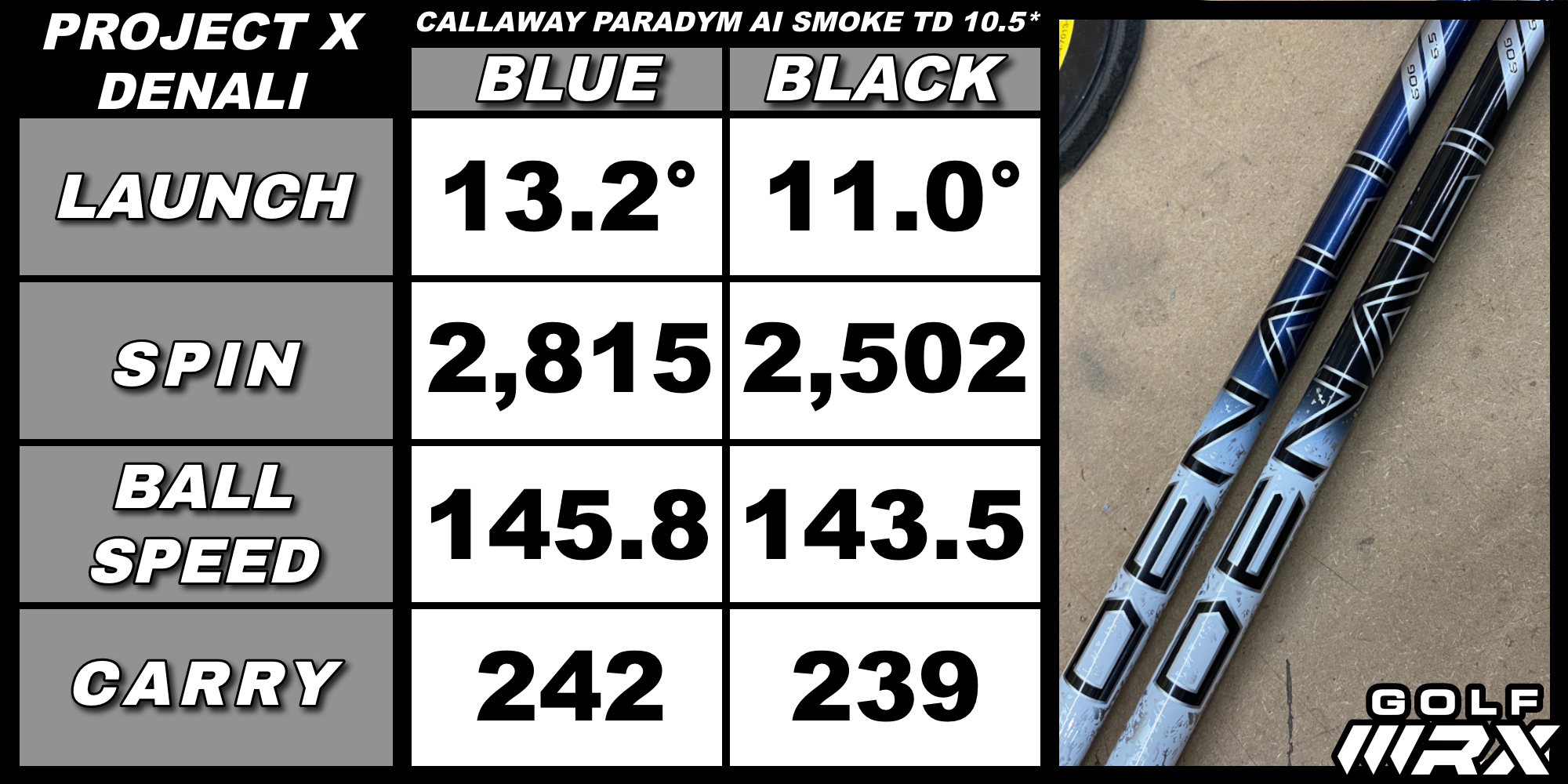
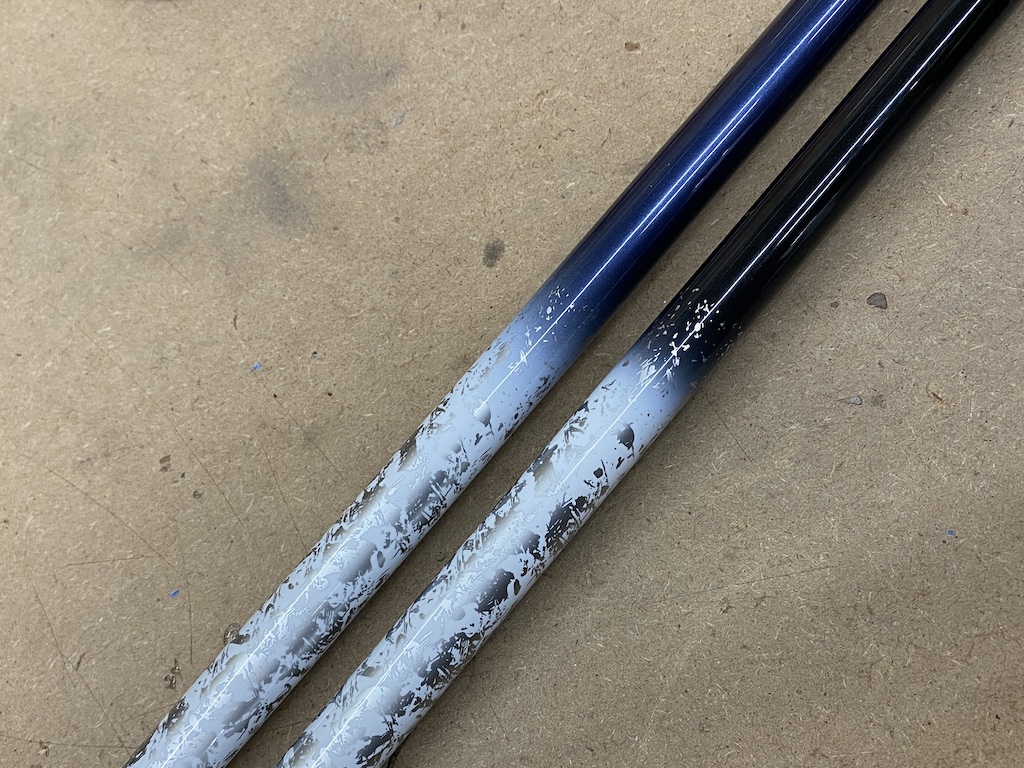
Project X Denali Black
When you hold the Denali Black in your hands you can tell it is a more stout shaft compared to its Blue sibling by just trying to bend it. While the handle feels close to the Blue in terms of stiffness, you can tell the tip is much stiffer when you swing it.
Denali Black definitely takes a little more power to load it but the shaft is still smooth and doesn’t give you any harsh vibrations. Where the Blue kicks hard at impact, the Black holds on a little and feels like keeps you in control even on swings that you try and put a little extra effort into. The stiff tip section also makes it a little harder to square up at impact and for some players could take away a little of the draw from their shot.
Launch is lower and more penetrating compared to the Blue and produces a boring, flat trajectory. Shots into the wind don’t rise or spin up, proving that the spin stays down. Like its mid-launch sibling, the Black is very stable and mishits and keeps the ball on a straighter line. Shots low off the face don’t get very high up in the air, but the low spin properties get the ball out there farther than you would expect. For being such a stout shaft, the feel is very good, and the Denali Black does keep harsh vibrations from your hands.
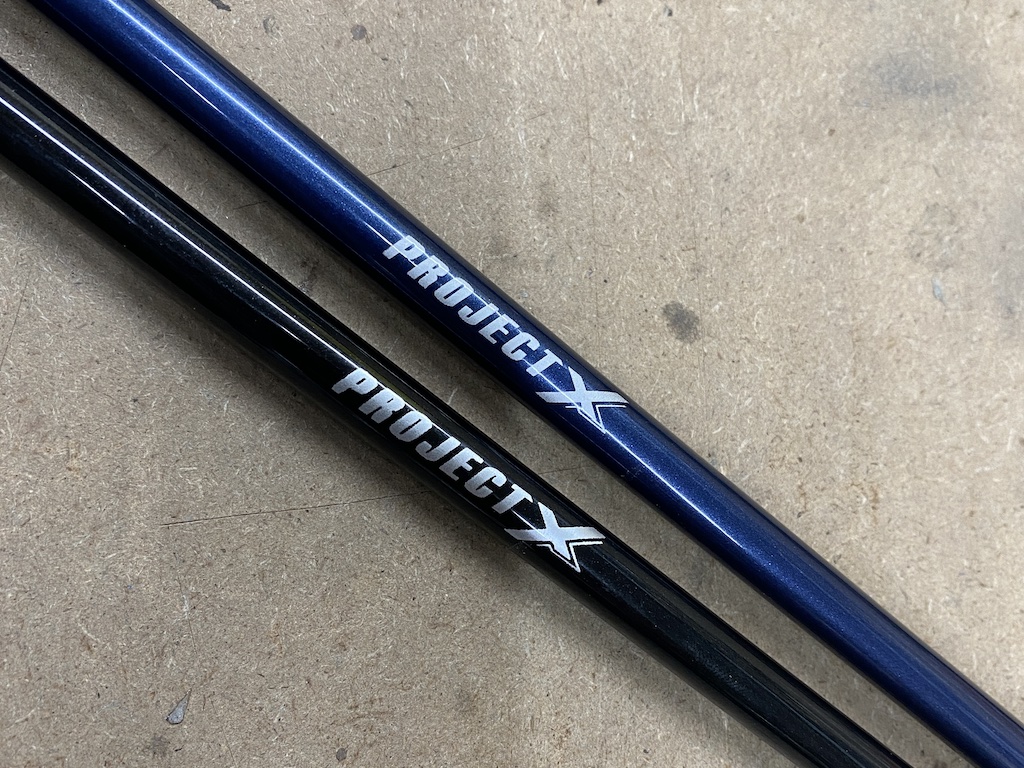
Overall the Project X Denali Blue and Black are great additions to the line of popular wood shafts. If you are looking for good feel and solid performance the Denali line is worth trying out with your swing. Choose Blue for mid-launch and mid-spin or Black for lower launch and low spin.
- LIKE4
- LEGIT4
- WOW2
- LOL0
- IDHT0
- FLOP0
- OB0
- SHANK0
Equipment
What we know about Bryson DeChambeau’s 3D-printed Avoda irons
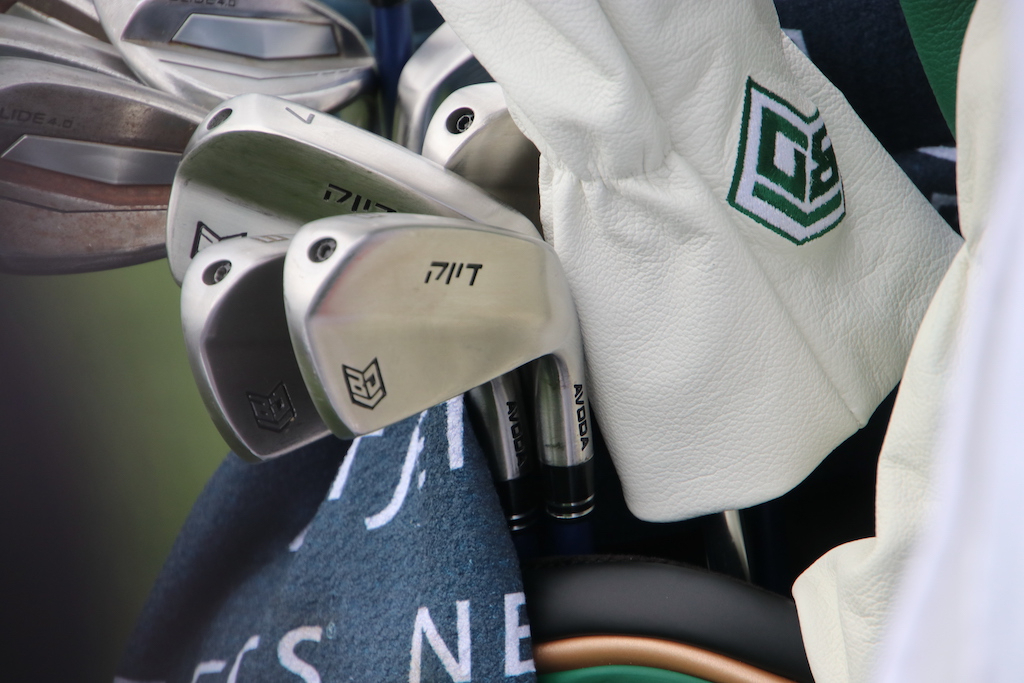
Bryson DeChambeau fired an opening-round 7-under 65 at Augusta National, hitting an impressive 15 of 18 greens in regulation in the process. Golf’s mad scientist’s play grabbed headlines and so too did his equipment. In place of the Ping i230 irons he had in the bag last week for LIV Golf’s Miami event, DeChambeau is gaming a prototype 5-PW set of irons from little-known direct-to-consumer manufacturer Avoda.
What is Avoda Golf?
Founded by Tom Bailey, also a Mike Schy student like Bryson DeChambeau, Avoda Golf is a direct-to-consumer golf equipment company that currently manufactures both single and variable-length irons in one model that are available for pre-order.
What irons is Bryson DeChambeau playing?
Per multiple reports, DeChambeau is playing a custom-designed set of single-length irons that incorporate bulge and roll into the face design. The two-piece 3D-printed irons were reportedly only approved for play by the USGA this week, according to Golfweek’s Adam Schupak.
Regarding the irons, DeChambeau told Golf Channel the irons’ performance on mishits was the determining factor in putting them in play this week. “When I mishit on the toe or the heel,” DeChambeau said. “It seems to fly a lot straighter for me and that’s what has allowed me to be more comfortable over the ball.”
What can we tell about the design of the clubs?
These days, it is a little hard to speculate on what is under the hood with so many hollow body irons. DeChambeau’s irons look to be hollow on the lower section as they do flare back a decent amount. That “muscle” on the back also looks to be fairly low on the iron head, but we can assume that is progressive through the set, moving up higher in the short irons.
A screw out on the toe is probably used to seal up the hollow cavity and used as a weight to dial in the swing weight of the club. From pictures, it is hard to tell but the sole looks to have a little curve from heel to toe while also having some sharper angles on them. A more boxy and sharper toe section looks to be the design that suits Bryson’s eye based on the irons he has gravitated toward recently.
What are bulge and roll, again?
Two types of curvature in a club face, traditionally incorporated only in wood design. Bulge is heel-toe curvature. Roll is crown-sole curvature. Both design elements are designed to mitigate gear effect on off-center strikes and produce shots that finish closer to the intended target line. (GolfTec has an excellent overview of bulge and roll with some handy GIFs for the visual learner)
What else is in DeChambeau’s bag?
Accompanying his traditional Sik putter, Bryson builds his set with a Ping Glide 4.0 wedges, a Krank Formula Fire driver and 5-wood, and a TaylorMade BRNR Mini Driver, all with LA Golf graphite shafts.
- LIKE114
- LEGIT38
- WOW30
- LOL16
- IDHT9
- FLOP9
- OB10
- SHANK23
-

 19th Hole4 days ago
19th Hole4 days agoDave Portnoy places monstrous outright bet for the 2024 Masters
-

 19th Hole3 weeks ago
19th Hole3 weeks agoJohn Daly stuns fans into silence with brutal opening tee shot on PGA Tour Champions
-

 19th Hole2 weeks ago
19th Hole2 weeks agoThings got heated at the Houston Open between Tony Finau and Alejandro Tosti. Here’s why
-

 19th Hole5 days ago
19th Hole5 days agoTiger Woods arrives at 2024 Masters equipped with a putter that may surprise you
-

 19th Hole1 week ago
19th Hole1 week agoReport: Tiger Woods has ‘eliminated sex’ in preparation for the 2024 Masters
-

 19th Hole3 weeks ago
19th Hole3 weeks agoCharlie Woods finds it tough going on American Junior Golf Association debut
-

 19th Hole2 weeks ago
19th Hole2 weeks agoAddiction, spinal fusion, and scam artists – Everything Anthony Kim revealed in candid interview with David Feherty
-

 19th Hole1 week ago
19th Hole1 week agoAnthony Kim says doctors told him that he ‘may not have much time left’ ahead of LIV return

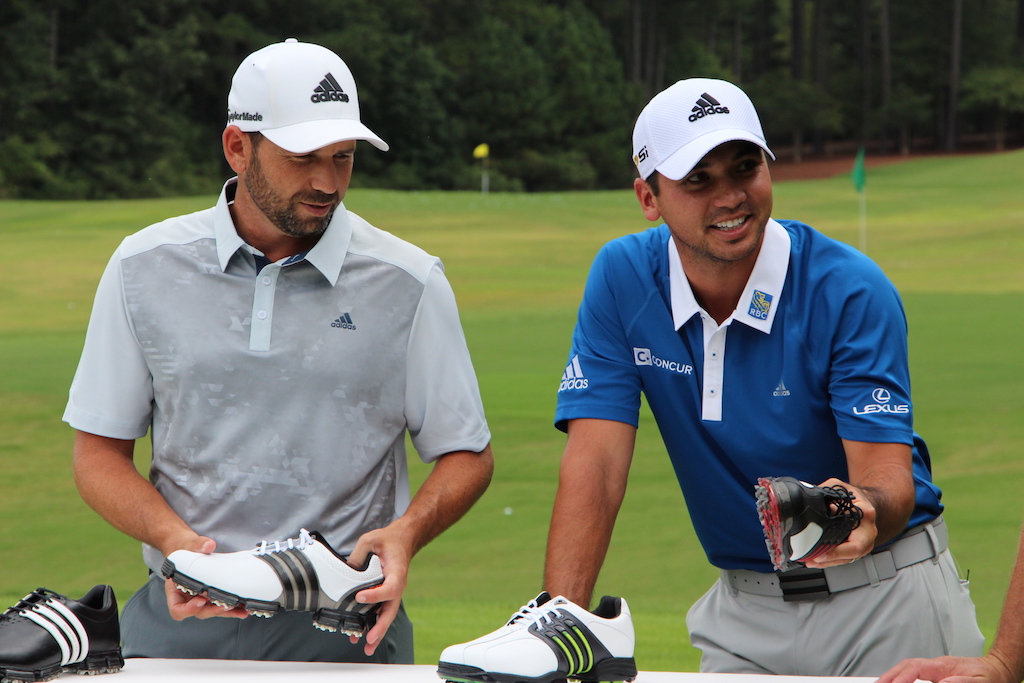
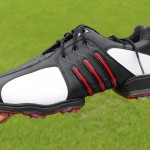
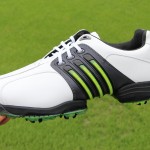
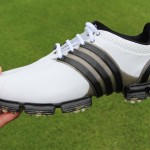

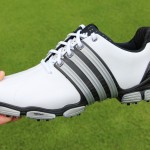
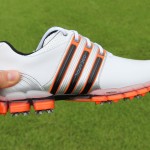
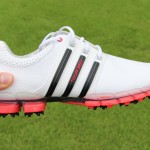
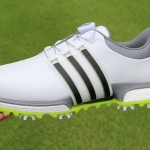
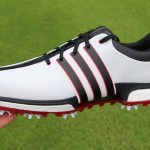


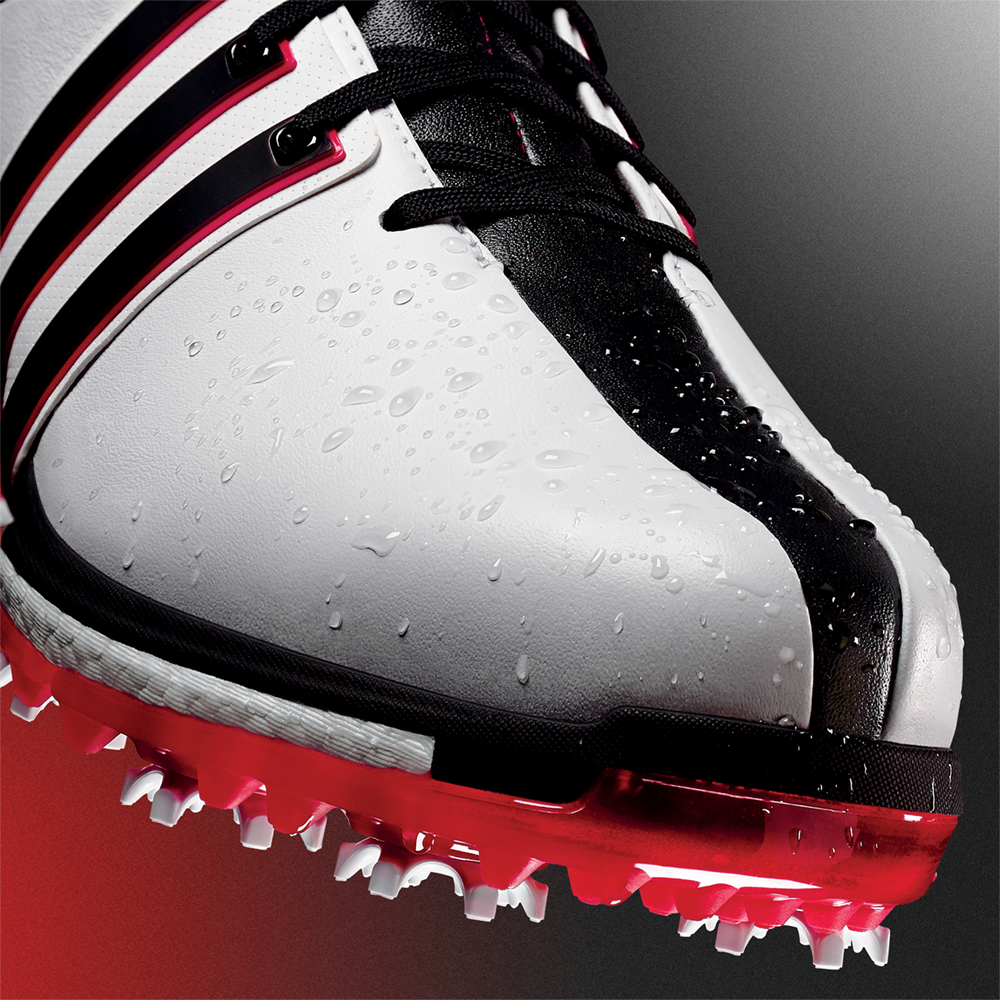


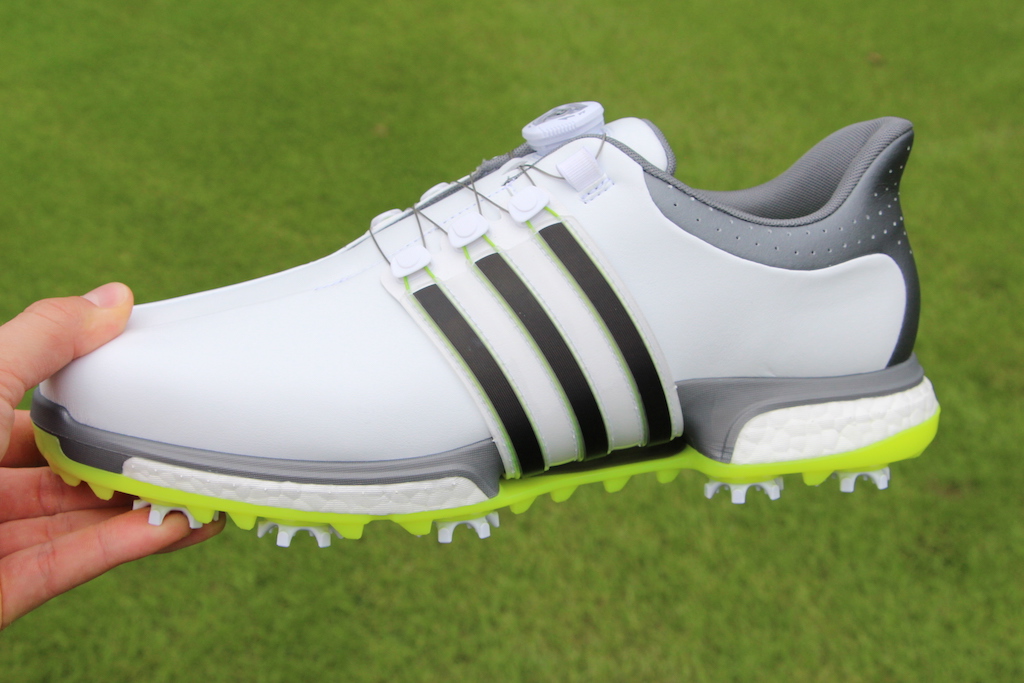
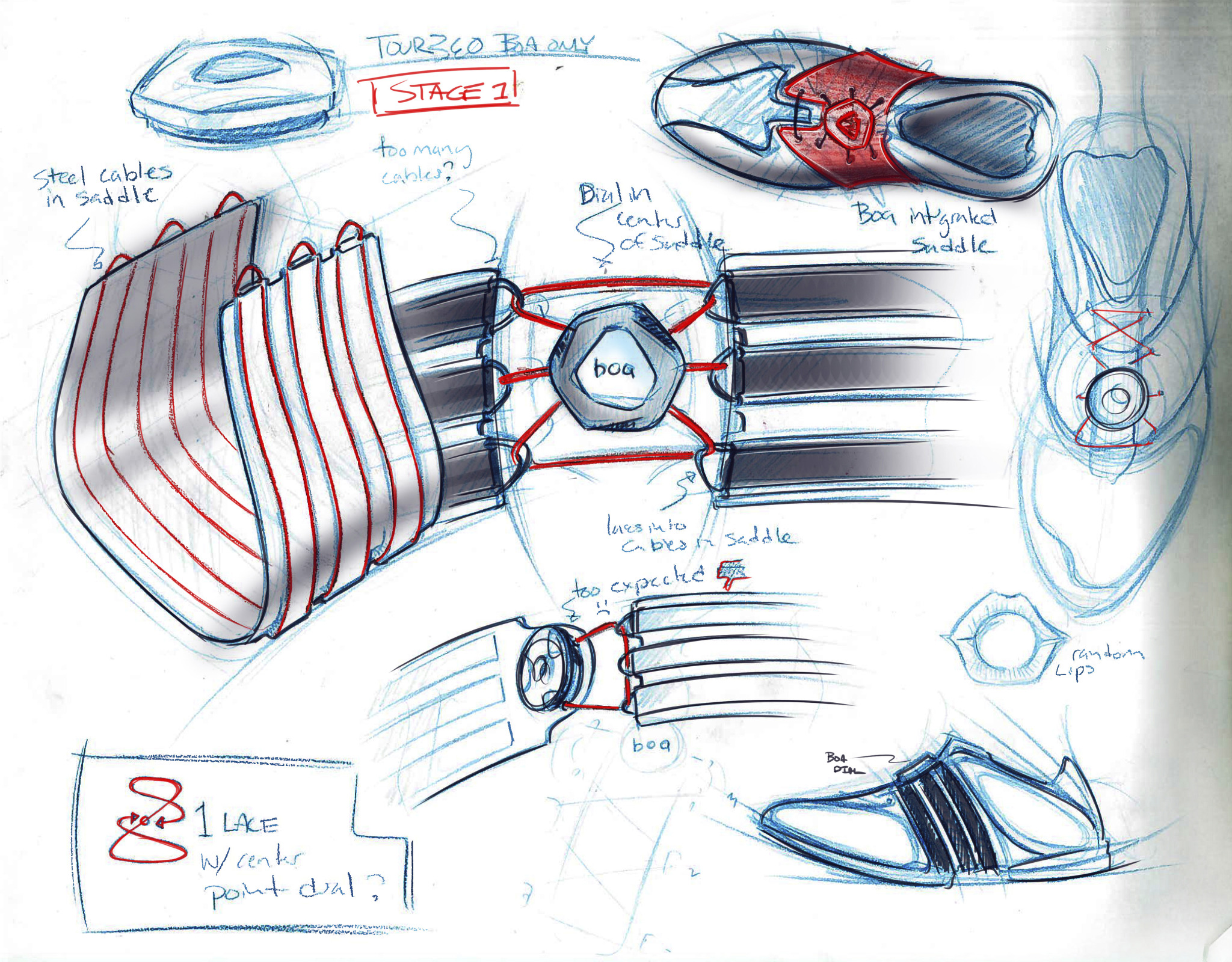


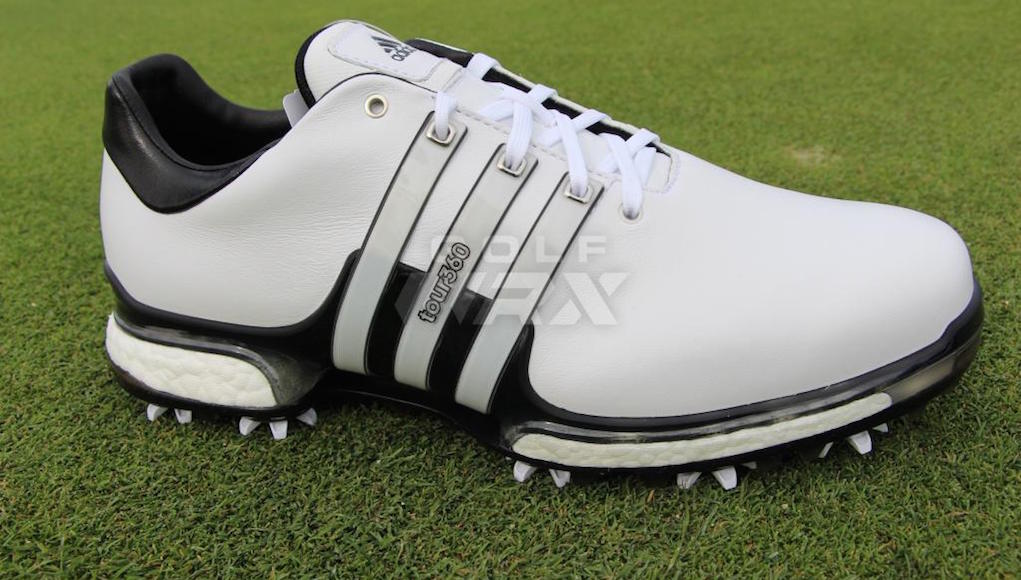
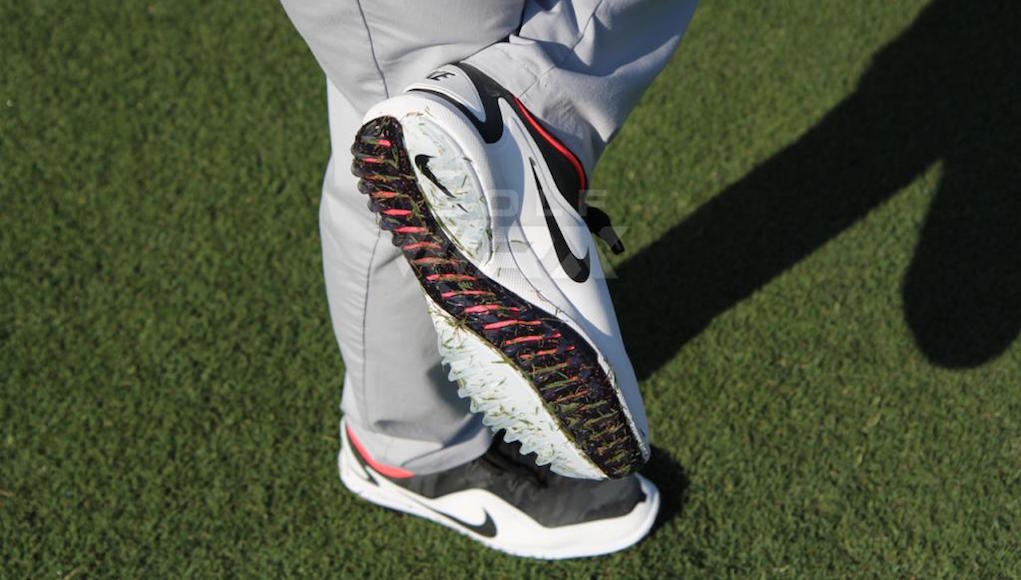
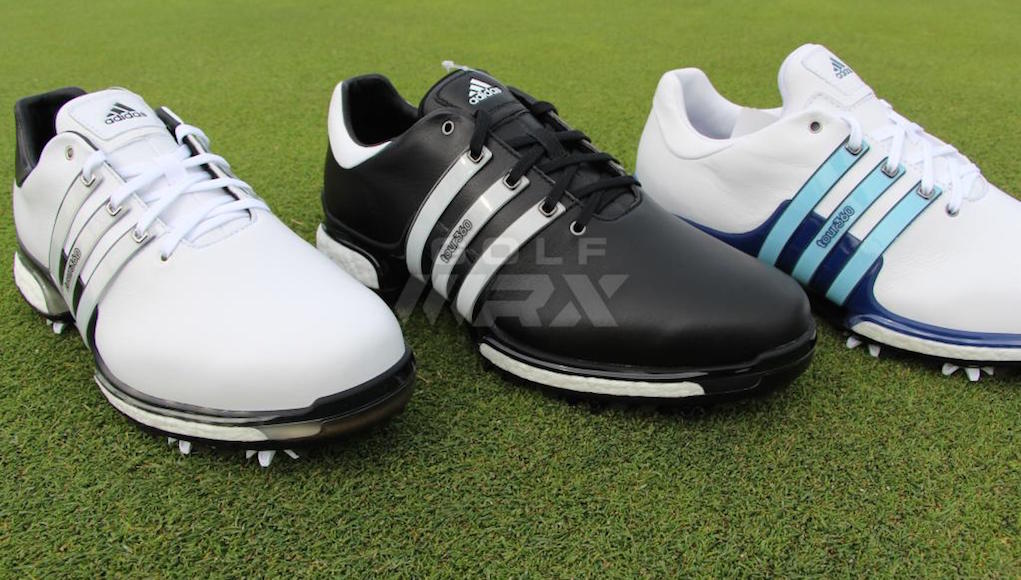

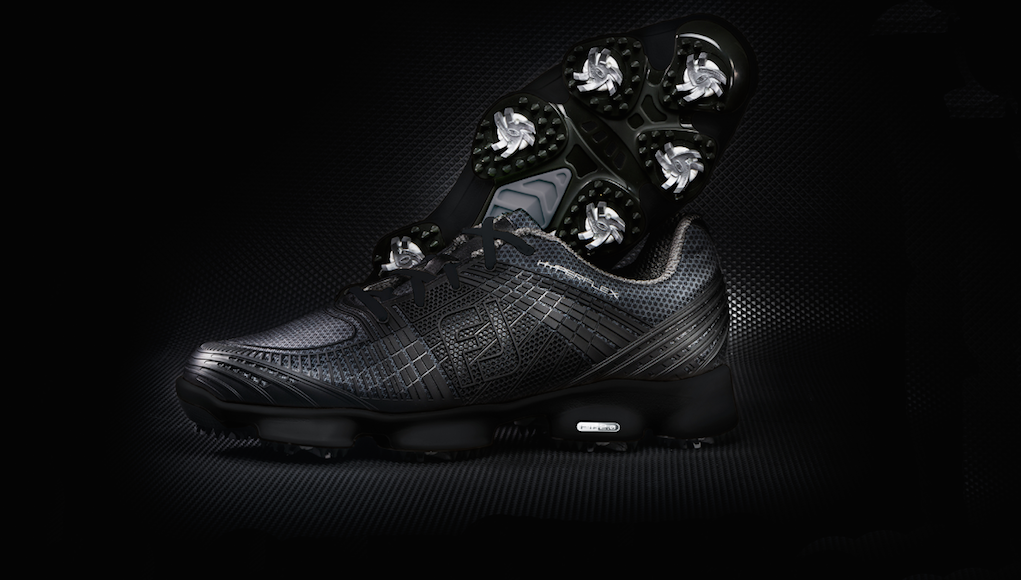
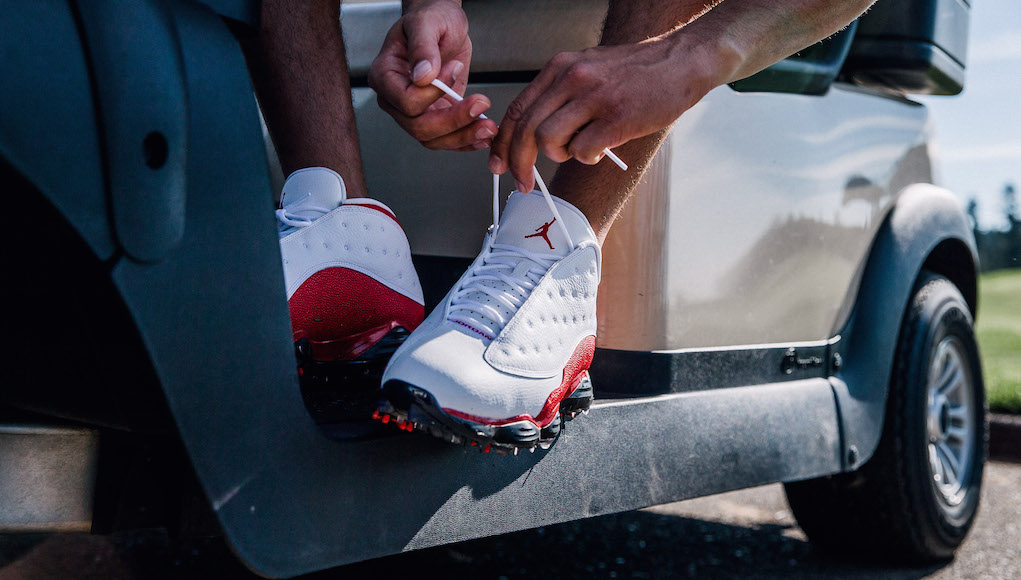
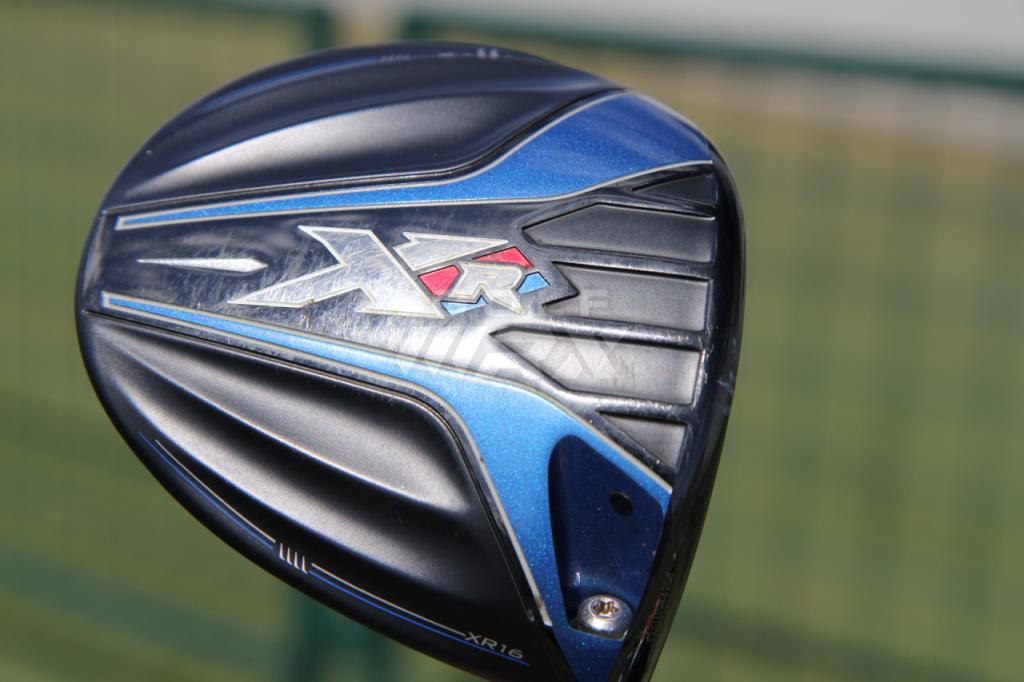
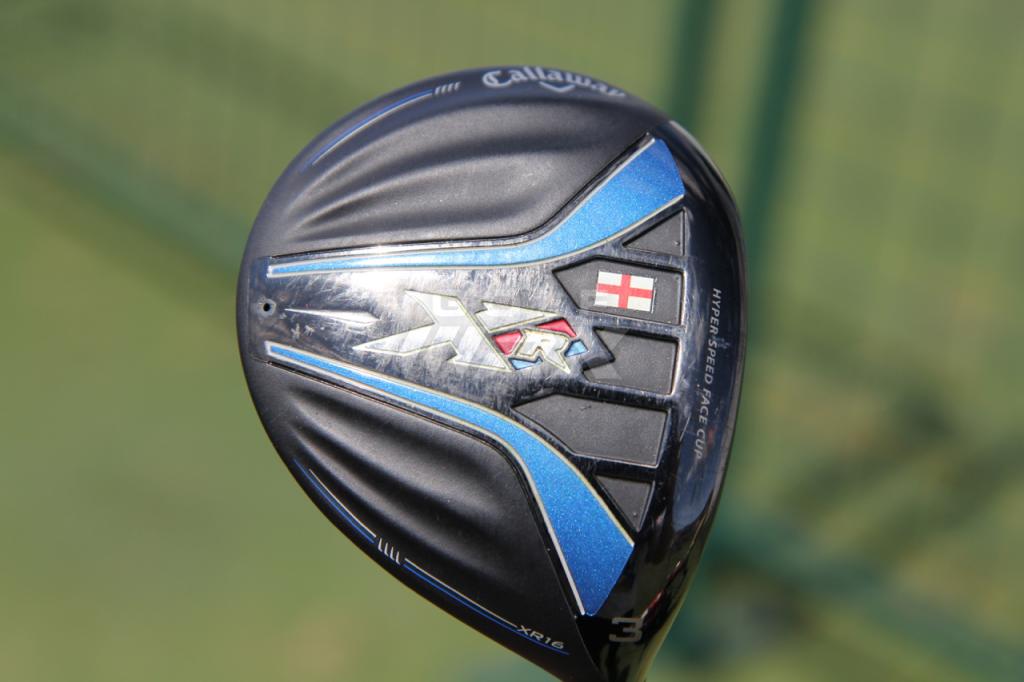

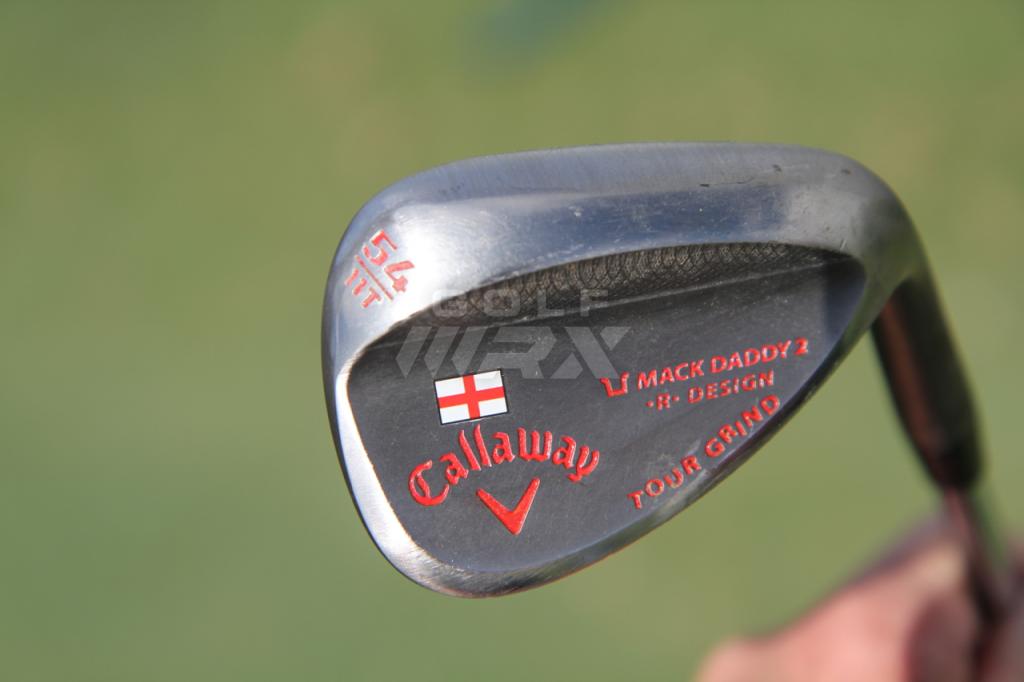
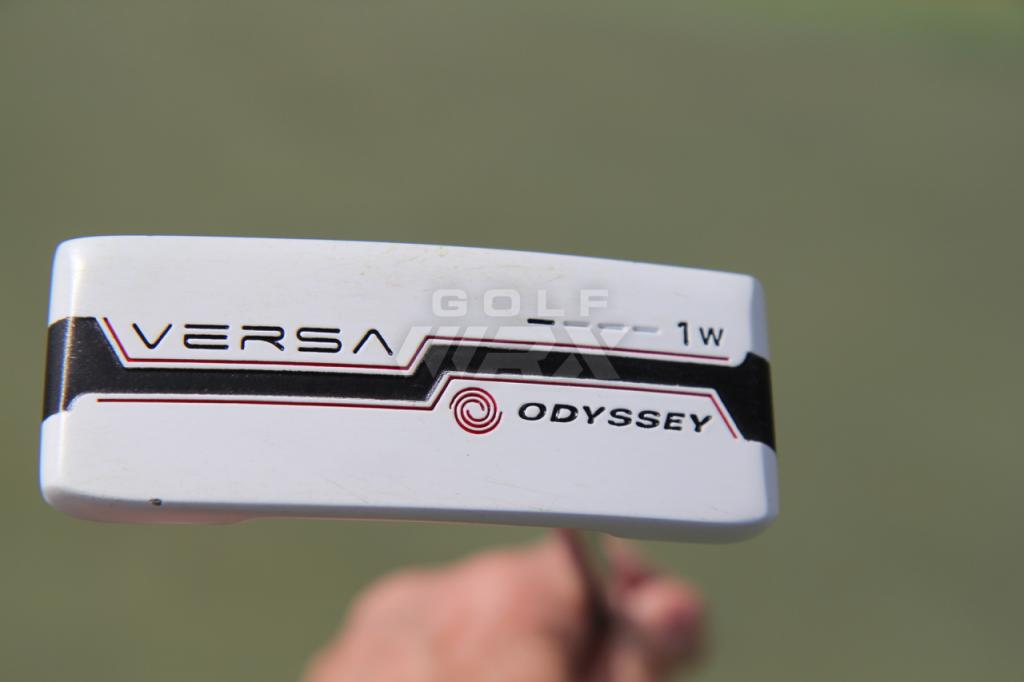














fake yeezy boost 750 triple black
May 12, 2016 at 4:08 am
Excellent, what a website iit is! This websitre gives helpful information to us,
keep it up.
please
Dec 14, 2015 at 11:59 pm
stop kidding around with yourselves. the LTD was 10x better than any other model. re-release it with hidden boost material like the yeezy 350.
Tad
Dec 11, 2015 at 10:57 pm
Thank god these are coming out. I love the boot tech. I have the tour 360 now. I love the 10 spike pattern. so much more traction. can’t wait to use these new ones.
tomuch23
Dec 11, 2015 at 7:14 pm
I believe the Adidas Adipower Boost also had the (boost foam) in the forefoot but it was not exposed like these are. The sport version has the boost only in the heel (which I own and really like) and TPU in the forefoot. So technically last year had a full boost sole also. Good write up none the less.
tomuch23
Dec 11, 2015 at 8:05 pm
Should say EVA not TPU in the forefoot.
Fug-u
Dec 11, 2015 at 5:44 pm
That black stripe down the middle is ugly, and Adidas knows it. The new Pumas are way better
Adidas s
Dec 11, 2015 at 12:21 pm
I have a pair of running shoes with boost and my golf shoes have boost now that they are affordable. Both are extremely comfortable. These look awesome and can’t wait till the end of next year when I can afford them.
Dunce
Dec 11, 2015 at 11:26 am
I was really hoping they’d have the nightflash/yellow color scheme that was available in the UK last year available in the US this year, looks like I’m sticking with the hyperflexes for another year
Scooter McGavin
Dec 11, 2015 at 11:07 am
I’m not a fan of how the WRX home page was one big ad for these. From top to bottom it was: banner ad, article, another ad right beneath- all for these shoes.
golfraven
Dec 11, 2015 at 8:43 am
Still have the original 360 Tour at home but have not worn them for couple of seasons now. I am on the FJ train for some time now and not looking back.
Jim
Dec 11, 2015 at 7:54 am
I thought I read where Sergio is switching to Titliest this off season? Doubt that Adidas would put him in a commercial if he was switching manufacturers. If he still switches I’d be shocked after this. 360 shoes look pretty good, but the price is getting too high for me. I’ve been playing 360 models since they came out but will have to wait for the price to come down on these.
FTWPhil
Dec 11, 2015 at 10:47 am
Weren’t the originals $249.99?
mhendon
Dec 11, 2015 at 8:23 pm
No that was the adipures. Not sure if that’s spelled right but great shoes still wearing them
KK
Dec 11, 2015 at 10:50 am
Titliest is about class, performance and winning. Why would they want Sergio?
slider
Dec 11, 2015 at 11:58 am
so true where is the like button
Dan
Dec 11, 2015 at 6:17 am
Poor adidas, no matter how hard they try, they come up short on everything they do. It’s amazing how Nike can come out with good looking products over and over again and adidas just can’t seem to do it. These shoes look like they were made in 2002. It’s like adidas is ignoring the market.
KTM
Dec 11, 2015 at 7:50 am
Those look super nice. Classy, understated. Nike is all about unnecessary bling which doesn’t suit everyone.
TR1PTIK
Dec 11, 2015 at 8:20 am
I would absolutely wear these. I think they look good. I also remember salivating over previous models and work a pair of AdiComfort shoes for at least 3 seasons. There’s nothing wrong with what Adidas is doing. However, I do wear FootJoy now, but that has more to do with what’s been available in my area.
ron
Dec 11, 2015 at 10:10 am
gotta disagree, these look great and Adidas shoes have always been super comfy to me.
Don
Dec 11, 2015 at 10:20 am
I have to disagree. I have worn both brands and adidas is by far and away more comfortable and durable. And they look good.
HackerDav31
Dec 11, 2015 at 11:05 am
Sorry Dan, but giant toe swooshes on vinyl isn’t what every golfer is looking for, modern or not. These things look amazing and if they feel half as good as anything else with Boost, Nike are in for it…
slider
Dec 11, 2015 at 11:59 am
I agree nike does it best in the shoe department
Jeff
Dec 11, 2015 at 6:14 am
The crap these pga players have to do after signing a contract.
ron
Dec 11, 2015 at 10:09 am
I’ll gladly do “crap” like this: post for pics with new shoes/apparel/equipment- of which I can get as many as I want for free. Not to mention the boat load of cash that comes with the contract. Sign me up please.
mhendon
Dec 11, 2015 at 8:26 pm
Me to